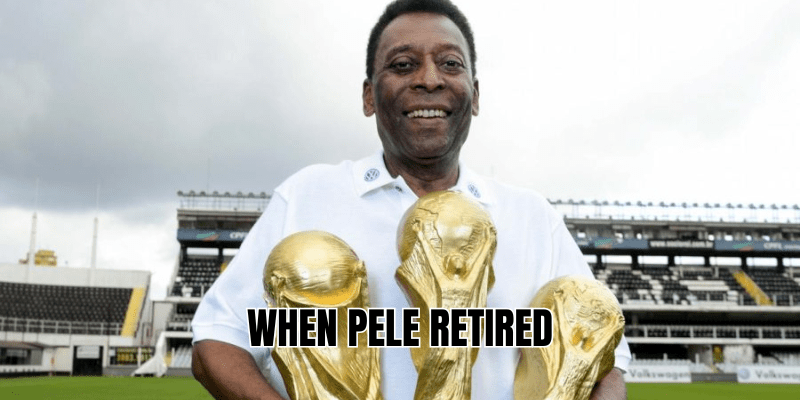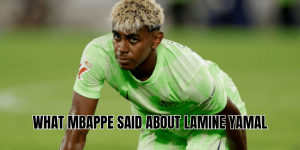Pelé’s journey is one of brilliance, emotion, and lasting legacy. But when Pelé retired from professional football? And what was the path that led him there? In this article, CantoKick will walk you through the timeline, drama, numbers, and stories behind the end of the career of the King of Football.
The rise: Edson Arantes do Nascimento
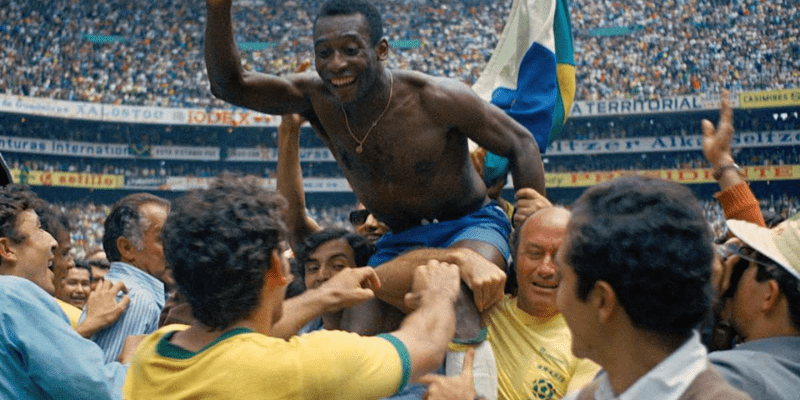
Pelé—joined Santos’ first team in 1956 at just 15. He broke into the Brazil national team soon after, and by age 17 he won his first World Cup in 1958. Through the 1960s, he led Santos to domestic and continental dominance and became a worldwide symbol of football excellence.
At Santos, he scored over 500 goals in competitive matches (and far more counting friendlies). After dominating Brazilian and South American football, he began eyeing opportunities abroad. His performances earned him legendary status, global fame, and the nickname “The King.”
Yet, by the early 1970s, age and wear began to show. That would set in motion the stages of stepping away.
International farewell: 1971 — the end of his Brazil chapter
Though Pelé continued to play at club level for years after, his time with the Brazil national team concluded earlier. His last official match for Brazil came on 18 July 1971, in a 2–2 draw against Yugoslavia at the Maracanã, in front of more than 180,000 fans.
That day was emotional. As “The King,” he exited the green and gold jersey amidst chants and tears. While Brazil wouldn’t see him again in international competition, his club career—and football career overall—still had chapters to play.
First retirement “pause”: 1974
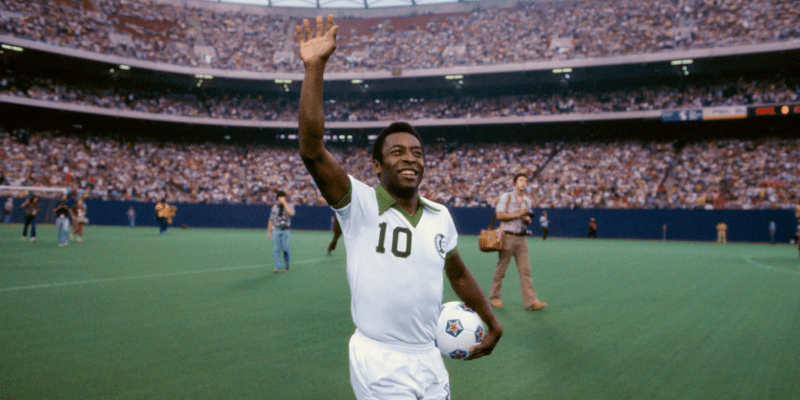
Pelé officially announced his retirement. Having given more than a decade of service to Santos, he stepped away, letting Brazil look toward its next generation of stars.
But as we’ll see, it wasn’t quite the end.
Reinvention in the U.S.: New York Cosmos, 1975–1977
Though retired, Pelé surprised the football world by joining the New York Cosmos in 1975. Society for American Soccer History]) The move was about more than goals—it was about bringing football prominence to the U.S., creating new fans, and allowing Pelé to continue performing on a global stage.
He played in the North American Soccer League during 1975, 1976, and 1977. In that period:
- He appeared in 64 matches for the Cosmos
- Scored 37 goals
- Helped the Cosmos win the NASL championship in 1977 ttps://en.wikipedia.org/wiki/Pel%C3%A9?utm_source=chatgpt.com))
This American chapter became the swansong for Pelé’s professional playing days.
The final bow: 1 October 1977
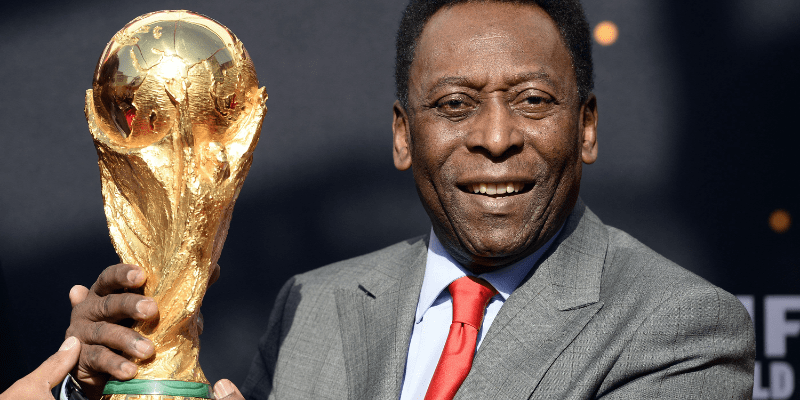
So, when Pelé retired for good? The date to remember is October 1, 1977. That day, a testimonial-style match staged between his adopted club, the New York Cosmos, and his beloved former club, Santos, served as his farewell to the beautiful game.
In that match:
- He played the first half in a Cosmos shirt, the second half for Santos
- Score did not matter; it was tribute, showmanship, emotion ESPN.com])
- At full time, he addressed the crowd, raising his right hand and simply saying “Love, love, love.”
That was the last time Pelé laced up boots for a professional match. After that, his footballing life shifted entirely toward ambassadorial roles, media, philanthropy, and symbolic appearances.
Career totals, honors & post-retirement roles
To appreciate the weight of when Pelé retired, let’s glance at what his career numbers and legacy looked like:
| Metric | Number |
| Professional club appearances | ~647 (Santos + Cosmos) |
| Official club goals | ~606 |
| Brazil appearances | 92 caps |
| Brazil goals | 77 goals |
| World Cups won | 3 (1958, 1962, 1970) |
After when Pelé retired on October 1, 1977, he never returned to professional competition. He did, however:
- Serve as a global ambassador for football
- Appear in commemorative matches or exhibitions (not competitive)
- Influence youth, social causes, and the expansion of soccer in nontraditional markets
- Be honored with countless awards, mentions, and memorials for generations to come
His post-playing career remained as high-impact as his time on the pitch.
Legacy reflections: Why that retirement mattered
With when Pelé retired now settled in history as October 1, 1977, that moment carried huge significance:
A symbolic transition
The match paired Cosmos and Santos, bridging the two main clubs of his life. It allowed fans. Timing and age
- By 1977, he was 36 going on 37. For a forward whose style relied on explosive pace, dribbling, and agility, it was near the up. Cultural and commercial influence
- His decision to finish in New York helped legitimize soccer in the U.S. at a time when it was still fighting for visibility.
- Emotional closure
- His short speech—“Love, love, love”—is remembered for its simplicity and power. No fanfare, no inflation, just gratitude.
- Forever defining record
- The end of his playing career didn’t end his myth. At retirement, he held or co-held numerous records, many still debated today.
Because fans often search “when Pele retired”, there can be confusion—some think 1974 was the end, others say 1977. Both are partly correct: 1974 marked his final retirement.
Conclusion
When Pelé retired, on October 1, 1977, the world said farewell to the last professional chapter of a football deity. But that date doesn’t close his story—it reframes it. After that day, Pelé evolved, or how his records stack up today—CantoKick is ready to take you further. Dive into our archives, read his biography, or join the conversation on the greatest ever.
